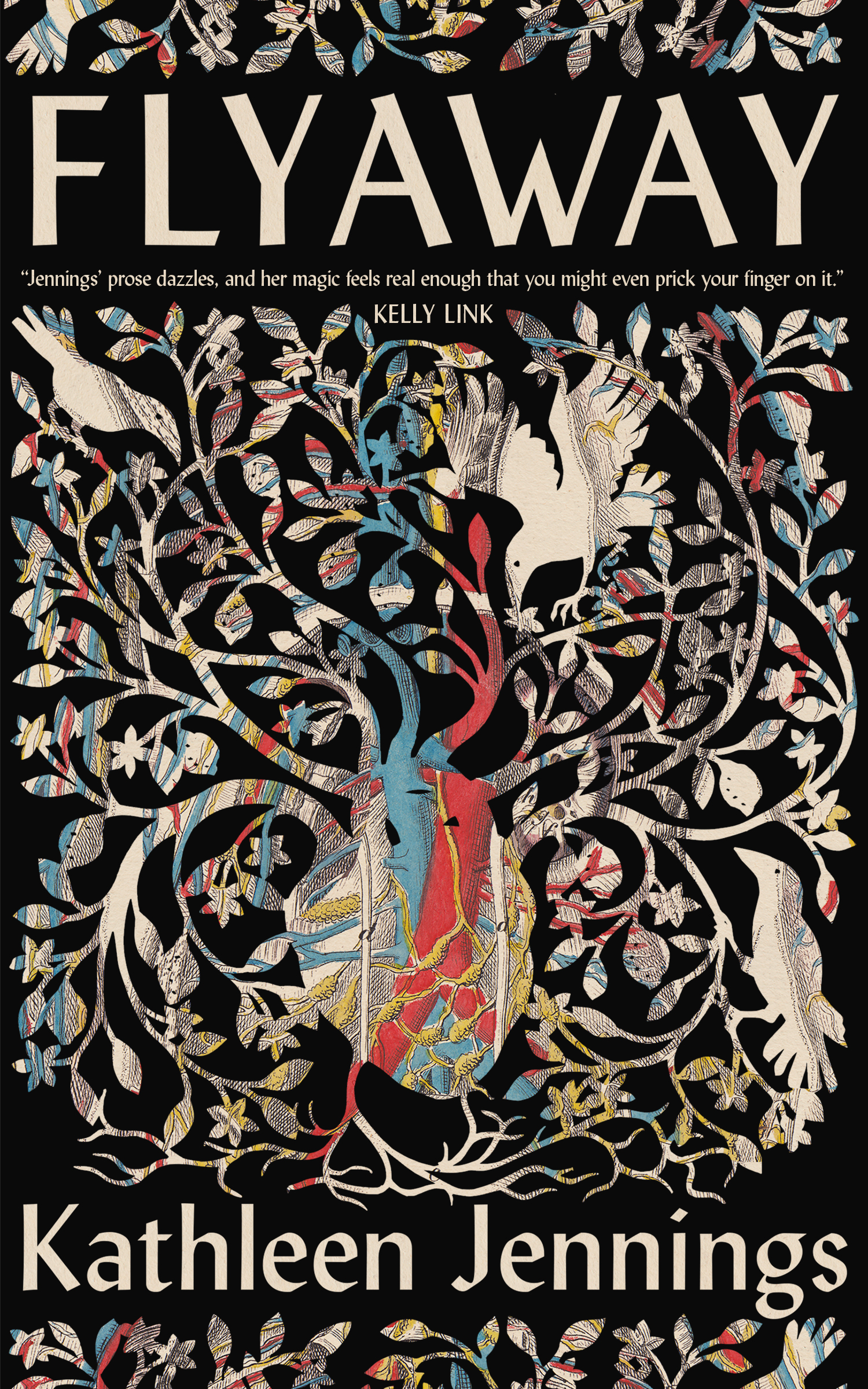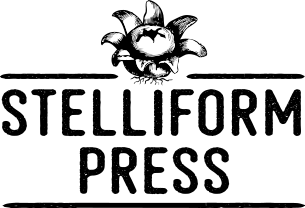
Fairy tales are a way of transmitting the deep past to future generations. While often told as lessons to children and thus morally coded, fairy tales also affirm a common experience within cultural boundaries. But Jennings’ Flyaway challenges these boundaries: the haunted landscape is one that has been altered beyond recovery by the presence of an alien: the colonizing settler. Reflecting the experience of life on the continent, Jennings’ weaves invasive plant and animal life into the fairy tales she tells.
The Megaritty
The megaritty is a fantastical creature whose presence serves as a warning within its fairy tale. The megaritty is yellow-eyed and bronze-furred, and has the ability to mimic and ultimately replace those it targets. The tale explains the megaritty’s presence in a land that is not its own by citing the ways a creature might be transported: in a ship’s hold, as a pet, and as an animal or woman accidentally ensnared in hunting or marriage.
The megaritty’s story illustrates the multifaceted nature of colonial invasion. While invasion, when observed from the view-point of the individual settler, may not be intentional, the individual is part of a system which violently replaces indigenous plants and animals as well as Indigenous people.
The Lantern-bush
Similarly, the lantern-bush is brought to the continent as a beautiful plant for settler gardens. Like all invasive life, the lantern-bush, once established, escapes the bounds of the colonial garden to occupy indigenous ecosystems.
The effect that the lantern-bush has on the communities surrounding Runagate is devastating. While the tale which depicts the way the lantern-bush overran whole buildings and swallowed people is fantastical hyperbole, the message that the alien plant life is destructive to ecosystems and human life alike is one that echoes through both the fantastic and realistic parts of the novella.
Coming Home and Flying Away
I enjoyed the way that Flyaway‘s combination of fairy tale and roadtrip mystery complicated the idea of home and what it means to make a place home, and particularly how it brought invasion and colonization into that conversation. The unreliable protagonist narrator combined with the magic of fairy tale makes this, sometimes, a difficult narrative to pin down. But the dreamy ending, which further destablizes the reader, is a good fit for an exploration of the effects of colonization. Colonization is, after all, a systemic problem that continues to threaten communities and the world at large.
